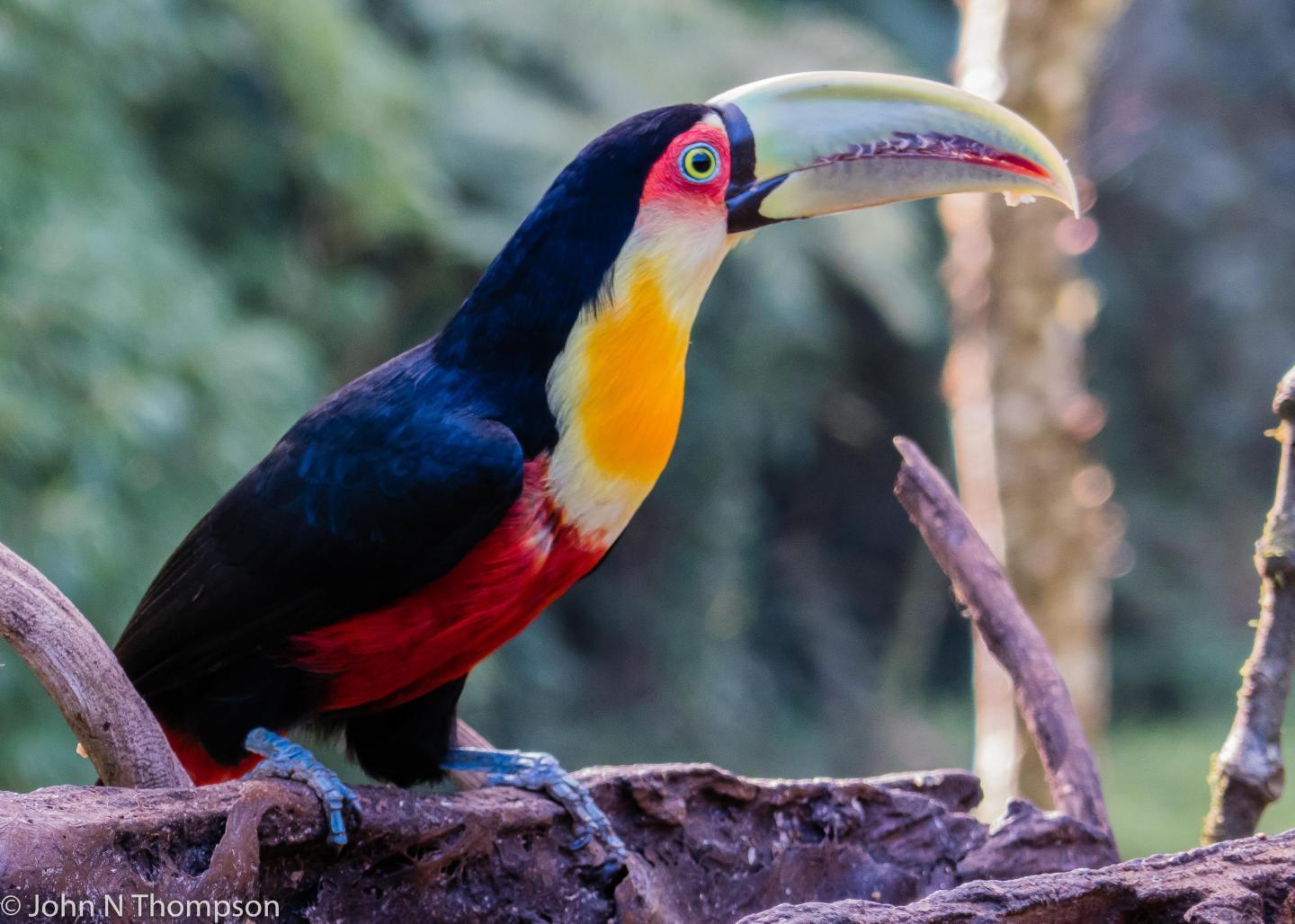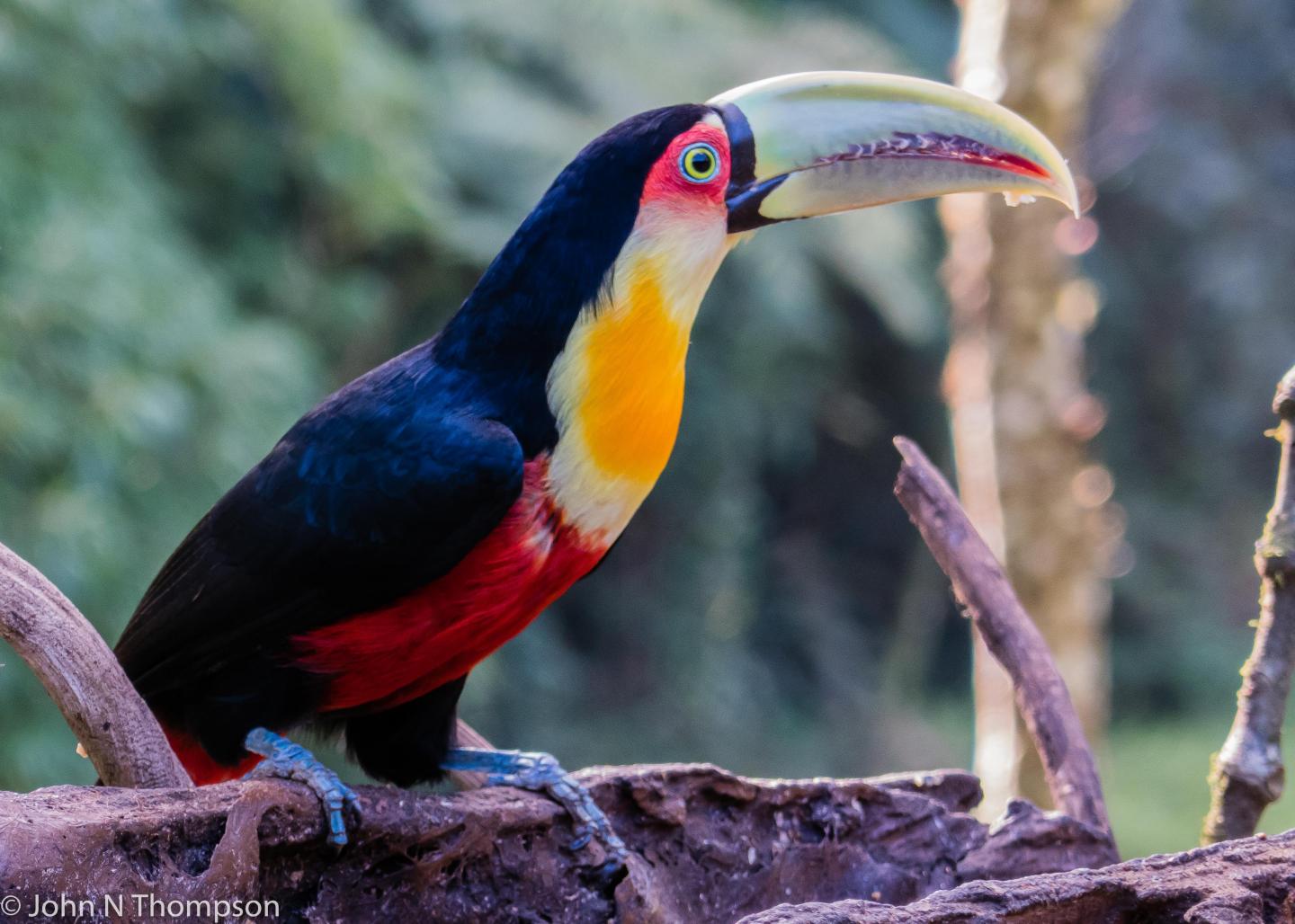
Credit: John Thompson
Coevolution, which occurs when species interact and adapt to each other, is often studied in the context of pair-wise interactions between mutually beneficial symbiotic partners. But many species have mutualistic interactions with multiple partners, leading to complex networks of interacting species.
In a paper published October 18 in the journal Nature, a group of ecologists and evolutionary biologists from five universities has attempted to understand how species coevolve within large webs of mutualistic species. The study yielded surprising findings about the relative importance of direct and indirect effects within such networks.
"When pair-wise interactions are embedded within a larger web of interactions, what happens as the effects diffuse through the network? It's a really difficult problem to solve, and not just in biology," said coauthor John Thompson, distinguished professor of ecology and evolutionary biology at UC Santa Cruz.
The power of webs and networks is familiar in this internet age. The internet and its users form webs, as do roads and cars, businesses and cities, and the neurons within our bodies. Earth's millions of species also form webs as species prey on each other, parasitize each other, compete for food, and form mutually beneficial associations.
Natural selection favors predators that are better at capturing prey, prey that have better defenses, and individuals that compete better against other species. Among mutualistic species, natural selection favors, for example, plants that are better at attracting pollinating insects and flower-visiting insects that are better at extracting pollen and nectar from flowers.
Just describing the full pattern of connections within these webs is a daunting task. In the new study, the authors began with a set of 75 webs of interacting species that other researchers had previously described from a wide range of terrestrial and marine environments. These webs included, for example, plants and pollinators, plants and fruit-eating birds and mammals, and anemones and anemone fish.
Each web had, at one extreme, species that interact with only one other species and, at the other extreme, species that interact with many other species. When drawn as a network, each species is a node and each interaction between species is a line between two nodes. Each line is therefore a direct interaction between two species.
Using these webs as a starting point, the authors developed a mathematical model that allowed them to explore for the first time how coevolution might shape the traits of species throughout complex webs of many interacting species. They wanted to understand how coevolution shapes species that interact both directly and indirectly. If two species interact and coevolve with each other, then their coevolution, in turn, could indirectly affect the future evolution of other species within the web. The authors studied the relative effects of direct and indirect coevolution on the evolution of traits within webs of different shapes.
Their analyses suggested two counterintuitive results. First, the stronger the importance of coevolutionary selection between partners, the greater the importance of indirect effects on overall evolution throughout the network. Second, in mutualisms involving multiple partners, the most specialized species–those species with the fewest direct partners–are more influenced by indirect effects than by their direct partners.
These two results, together with other results reported in the paper, have many implications for the understanding of evolution and coevolution within webs of interacting species. Among the most important are two conclusions that link evolution, coevolution, and the rate of environmental change.
With slow environmental change, the indirect effects of species on the evolution of other species may help mutualistic interactions persist over long periods of time. In contrast, rapid environmental change may slow the overall rate of evolution driven by direct interactions within large networks, making each species more vulnerable to extinction. With rapid environmental change, then, environments may change faster than species can adapt within large mutualistic networks.
"The indirect effects serve to buffer the system under slow environmental change, keeping it stable. With the kinds of rapid environmental changes we're seeing now, however, this buffering effect can actually prevent species from adapting fast enough," Thompson said.
The problem of direct and indirect effects within networks is not unique to biology. How to study indirect effects within webs has troubled scientists in physics, engineering, computer science, and other disciplines. The modeling framework developed by the authors is applicable to many types of networks.
###
The study began as a collaboration between Thompson and first author Paulo J. Guimarães Jr. of the University of Sao Paulo (formerly a postdoctoral researcher in Thompson's lab). The work then expanded and deepened through collaboration with Mathias M. Pires at the University of Campinas, Brazil (who also did postdoctoral research at UC Santa Cruz), Pedro Jordano from the Biological Station of Doñana in Spain, and Jordi Bascompte from the University of Zurich, with each researcher providing unique expertise.
Media Contact
Tim Stephens
[email protected]
831-459-4352
@ucsc
Related Journal Article
http://dx.doi.org/10.1038/nature24273





